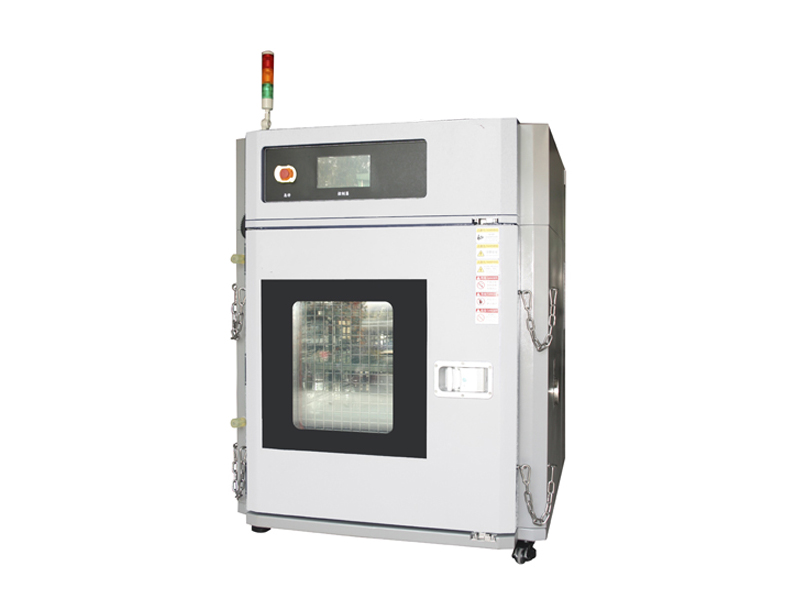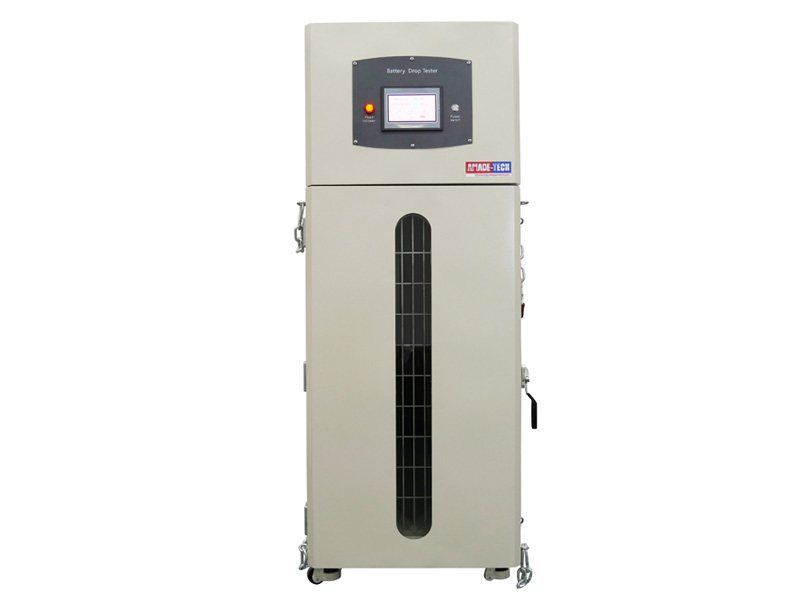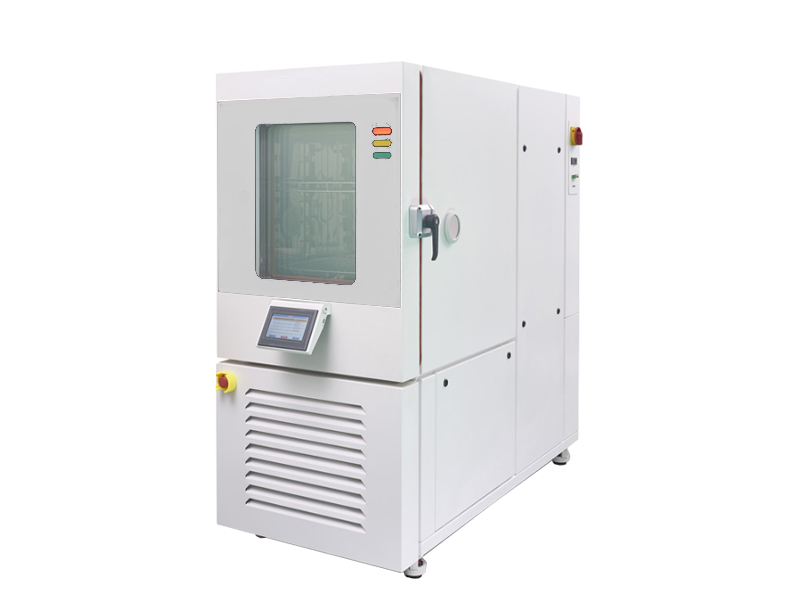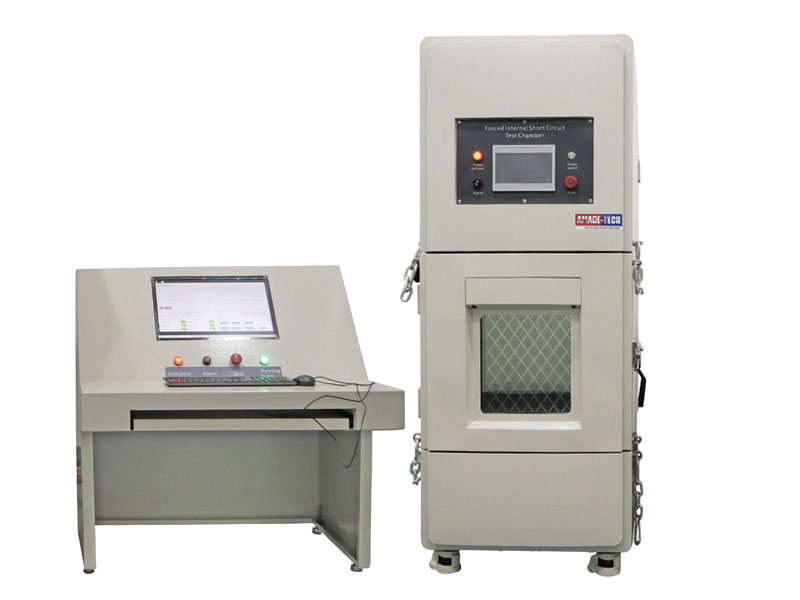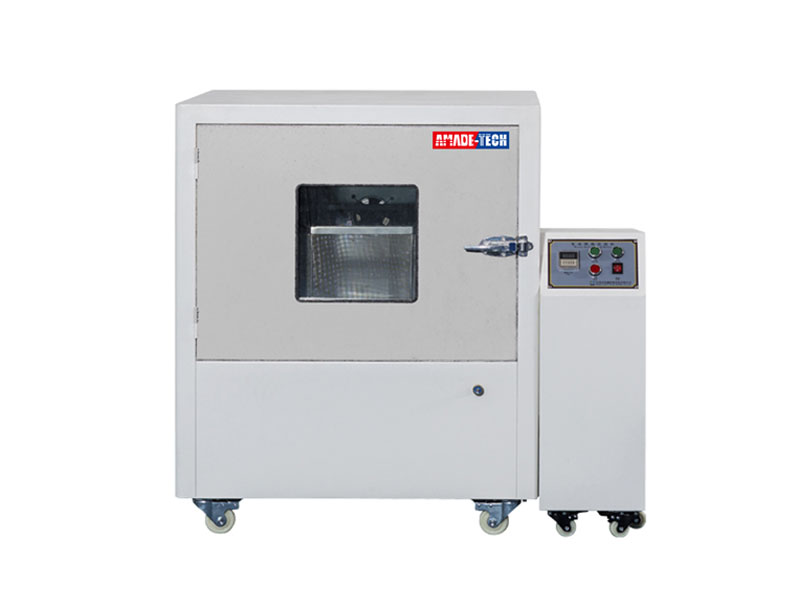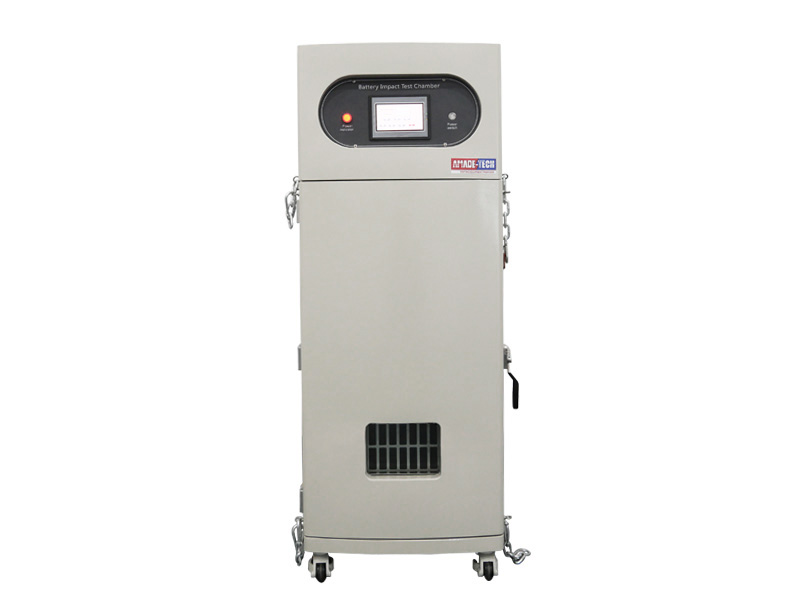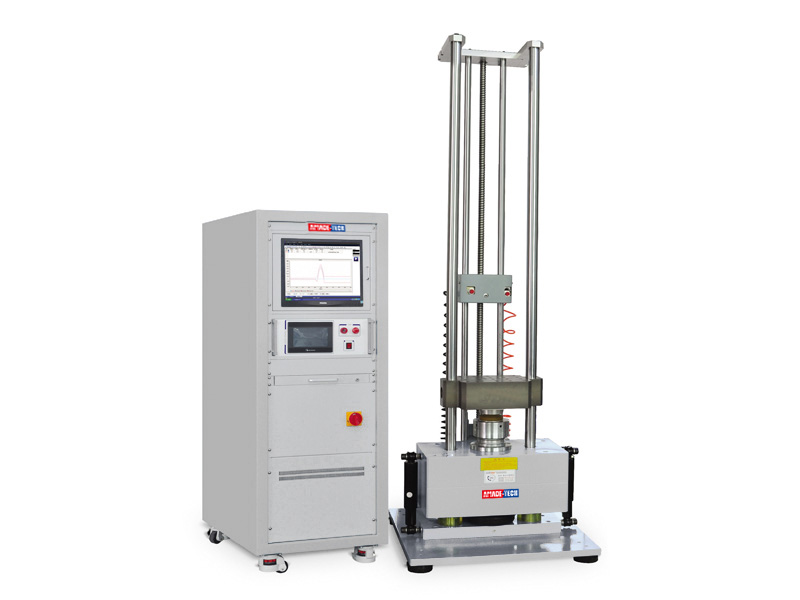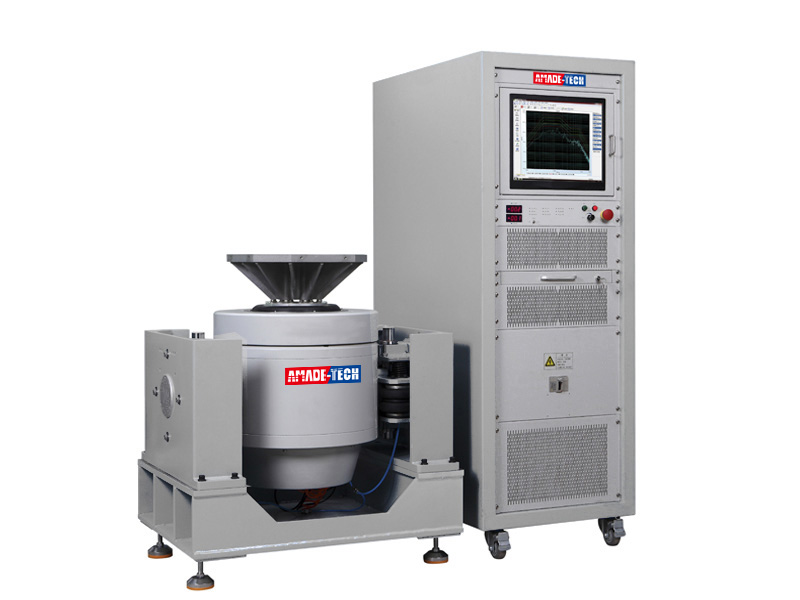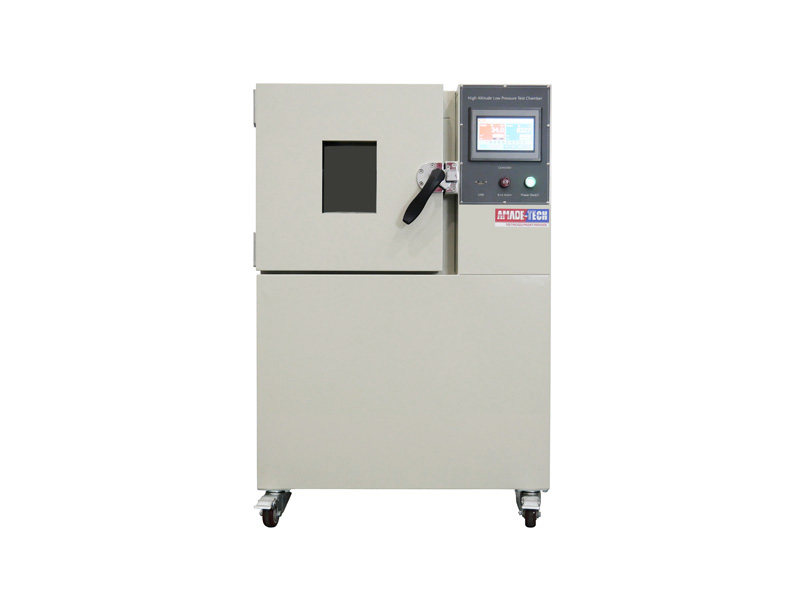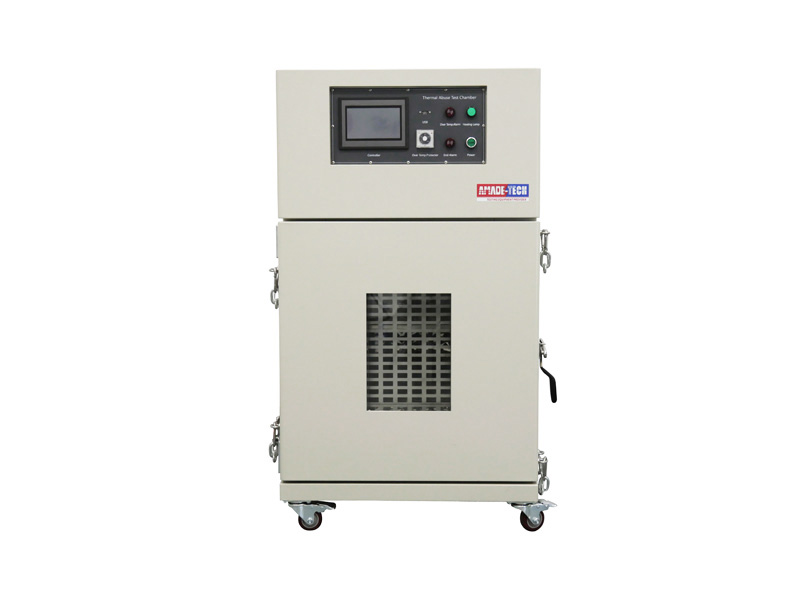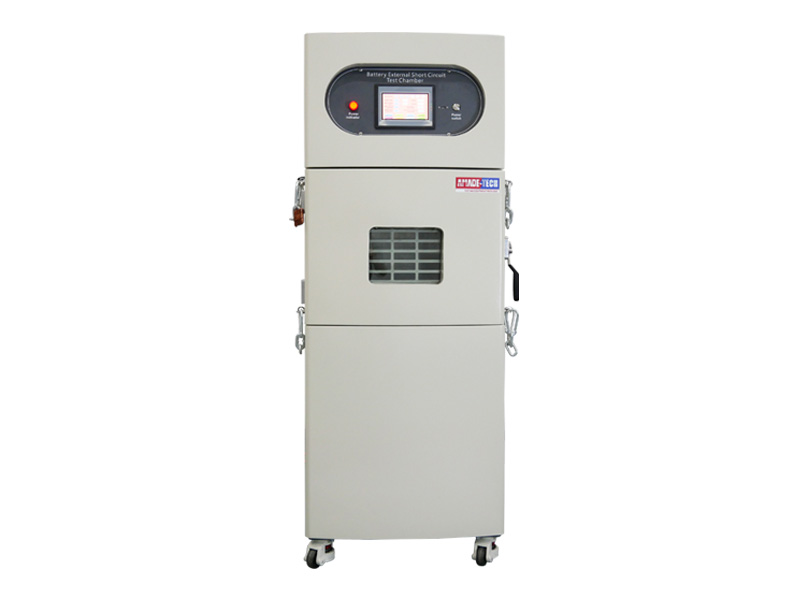
Lithium-ion Battery Electrical Abuse Test Equipment China Manufacturer and Supplier
Lithium-ion Battery External Short Circuit Tester is used to simulate the unintentional and incorrect electrical connection of the cell/battery terminals by connecting both the positive and negative terminals to an external resistor.
After an external short circuit occurs, whether the specimen will cause safety events, such as venting, rupture, thermal runaway, fire, or even explosion, is observed result determination.
The external short circuit tester is one of critical lithium-ion battery testing apparatuses. AMADE TECH can provide you with different sizes and styles of external short circuit testers according to different specifications of the sample.
In addition, If you are interested in the lithium-ion cell forced internal short circuit tester, please click HERE to learn more.
External short Circuit testing of cells or batteries is one of the basic tests used to assess the electrical performance of overcurrent protection devices or the safety of lithium-ion or other secondary cells/batteries. This test item applies to a variety of different cell and battery types, such as 18650 cells, prismatic cells, battery packs, etc.
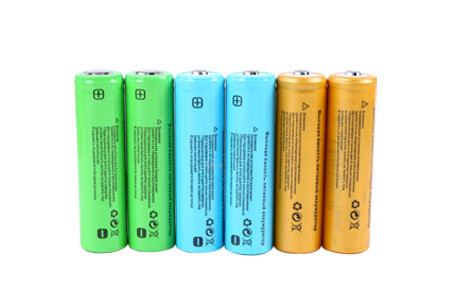
cylindrical cells
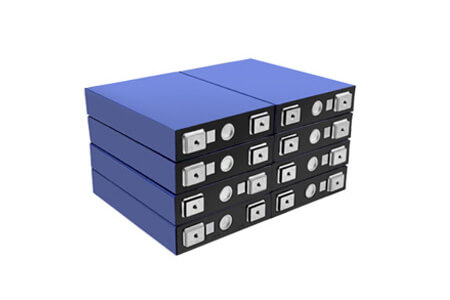
Battery module
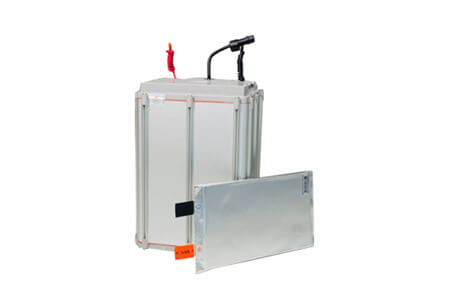
Pouch cell & pack
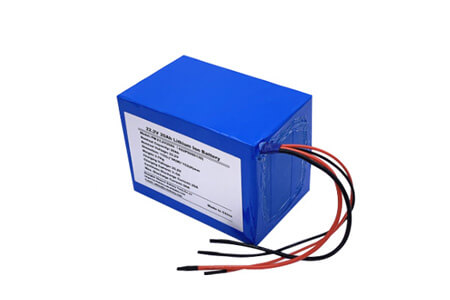
Lithium-ion battery pack
Introduction of Lithium-ion Battery Short Circuit Testing Equipment
AMADE TECH temperature-controlled battery short circuit testers are designed in accordance with the requirements of various test standards.
The contactors are used as switching elements, and thermal relays are used as protection devices.
The short-circuit devices meet the external resistance values, usually including: (80±20) mOhm, ≤ 100 mOhm, (20±10) mOhm, (30±10) mOhm, or ≤ 5 mOhm, to obtain the maximum short-circuit current required by the test. You are allowed to specify any resistor value you want to suit your testing.
In addition, the circuit design of the short-circuiting device also ensures that it can withstand the impact of large currents.
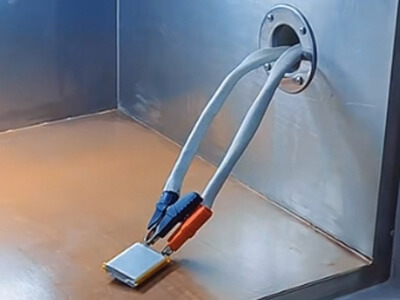
This battery external short-circuit tester adopts a vertical box structure, and the test area is located in the upper area of the equipment to facilitate the operation of users.
The test chamber has a built-in temperature measuring device, heating device, air convection system, pressure relief port, short-circuit clamps for the cells, external resistance cables, battery surface temperature measuring apparatus, etc.
Various control functions are integrated into PLC and a high-definition touch screen of the external short-circuit testing machine.
You can easily set various parameters and test conditions on the touch screen, such as short-circuit duration, drop ratio of temperature rise, over-temperature protection value, etc. Battery case temperature, peak temperature, battery voltage, current, and other parameters can be displayed on the screen in real-time. It allows you to complete the test in either manual or automatic mode.
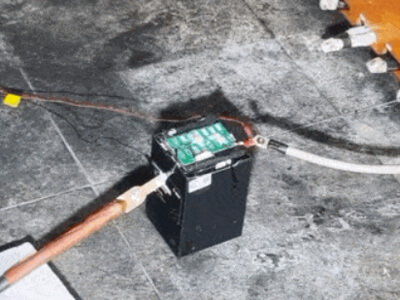
Test Principle of the Lithium-ion Battery External Short Circuit Tester from AMADE TECH
The positive and negative terminals of the sample cells/batteries inside the chamber are attached to the specified wire ends. When the circuit breaker is closed, the circuit of the cell/battery under test is short-circuited, and a strong short circuit current flows through the entire circuit. At this time, the entire circuit (including circuit breakers, wires, and connecting devices) meets the specified resistance value. The acquisition element detects the battery surface temperature and voltage and feeds back to the PLC main control unit to achieve the purpose of intelligent control.
| Model | AT-L5002 |
| Working Voltage | AC 220 V or 110 V, 50 Hz / 60 Hz |
| Impact Voltage | AC 1 kV / 1.2 – 50 μs 1 min |
| Maximum Measurable Battery Voltage | 100 V |
| HVDC Response Time | ≤ 5 μs |
| Max. Circuit Current | 1000 A |
| External Resistance | (80±20) mOhm(Standard configuration, other specifications are optional) |
| Remote Control Distance | 7 meters |
| Test Temperature Control Range | RT + 10 ~ 100℃ |
| Current, Voltage, Temperature acquisition channels | Total 3 channels (Standard configuration. The acquisition channel can be expanded)
Current – 1 channel Voltage – 1 channel Temperature – 1 channel |
| Conditions for the End of the Test |
|
| Short Circuit Modes | Room temperature short circuit (20 ± 5℃)
High temperature short circuit |
| Actuation Time | Response time / releasing time ≤ 30 ms |
| Mechanical Life | 300,000 times |
| Temperature Control Accuracy | 0.1℃ |
| Temperature Uniformity | ± 2℃ |
| Temperature Fluctuation | ± 0.5℃ |
| Interior Test Chamber Size | 500 mm × 500 mm × 500 mm (Other sizes can be customized) |
| Optional or Custom Accessories |
|
| Working Environment | Temperature: 5℃ ~ 35℃, humidity: 20 ~ 85% R.H |
| Supply Power | AC 220 V, 50 Hz, 15 A or AC 110 V, 60 Hz |
- UN 38.3
- IEC 62133
- IEC 62660-2/3
- IEC 62619
- EN 50604-1
- ISO 12405
- ECE R100
- SAE J2464
- J2929
- UL 2580, etc.
Lithium-ion Battery External Short Circuit Tester Features
FAQ on Battery Short Circuit Testing
Send an Inquiry
Please feel free to contact us for more details on the product, price, lead time, payment terms, shipment methods, etc. AMADE TECH sales engineers will respond within one working day.


